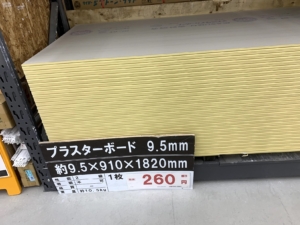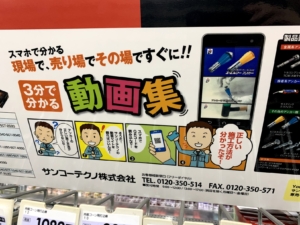
The Japanese Architects Law is a national qualification enacted in 1950, and there are first-class architects, second-class architects, and wooden architects. In Japan, if you want to build a new wooden building with a total floor area of more than 100 square meters, you must be a first-class architect, a second-class architect, or a wooden architect to design and supervise the construction.
Furthermore, when you ask a Japanese building material manufacturer for a product, most manufacturers say, “We can only sell it through a contractor.” As a result, ordinary consumers have less opportunity to purchase building materials directly. Building materials can be purchased at large home center such as Kohnan etc, but they are called “Pro shop” and are purchased by contractors, and the general public only has very small building materials such as shelves in Japan.

In the United States, it seems that even beams are sold at home centers. In other words, ordinary people who are not contractors can build their own homes by going to a home center for DIY. Some Americans think that even in foundation work, they can DIY with the advice of an expert, but in Japan that is completely unthinkable.
Before the Act on Architects of 1950 was enacted, carpenters did all the design and construction in Japan. I also doubt that design and construction are separate. I don’t think people who have never done construction can make a good design with just the paper on the desk. Besides, if I’m just constructing something designed by others, I don’t think the work is interesting. I think that the joy of making things should be done by the same person in both design and construction. It can be imagined that the old carpenter who was in charge of design and construction at the same time was doing creative and fun work.
I think that the Japanese Architects Law works to protect the vested interests of contractors in the name of protecting the safety of consumers. In addition, building material manufacturers and contractors seem to be affiliated and organized.
The average Japanese has a high hurdle to build their own house with DIY, and it is hard to reach, so it is unavoidable to ask a contractor to do the construction. The higher the quote of the contractor, the slower the maintenance of the building. In Japanese real estate, only land is valuable, and buildings lose their value over time. Japanese buildings are not assets. It has become clear that the cause lies in the vested interests of the Japanese construction companies mentioned above.

